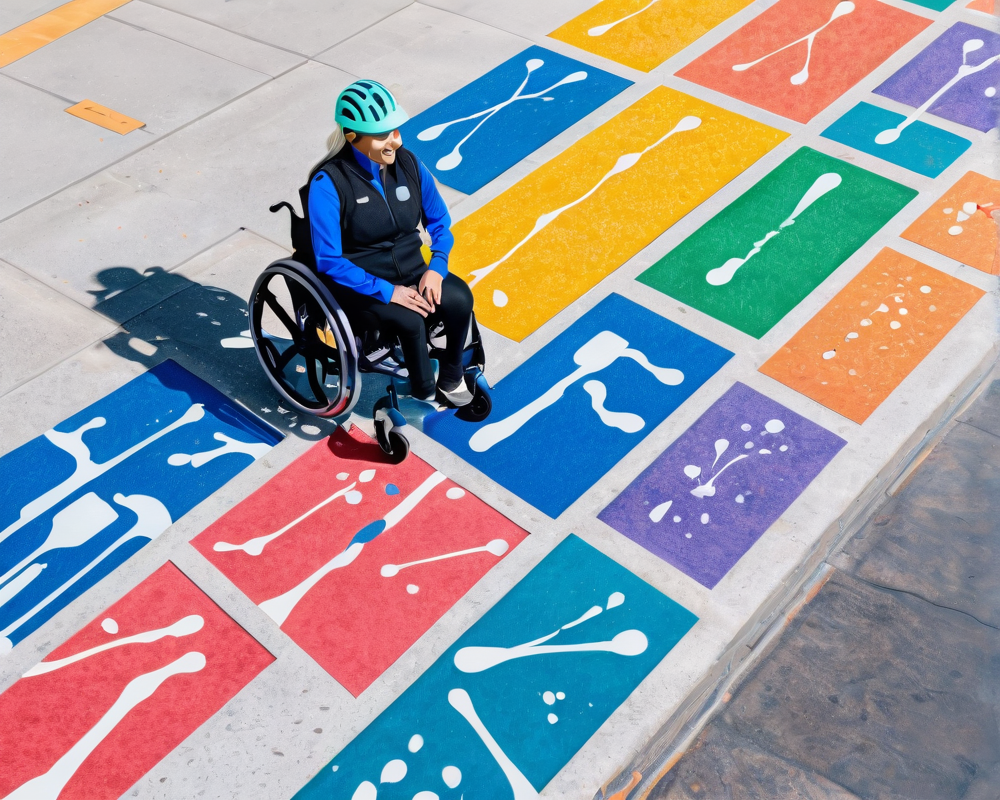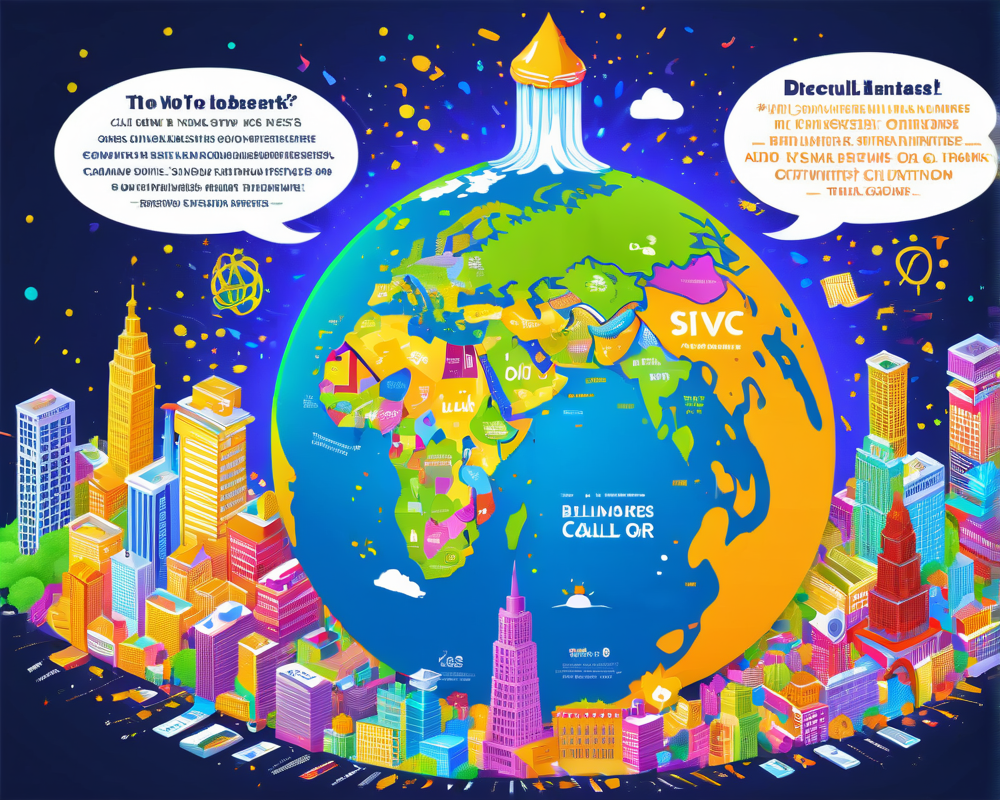The Growing Intersection of AI and Disability
In today’s tech-savvy world, accessibility isn’t just a trendy topic; it’s a necessity. The World Health Organization (WHO) reports that over a billion people are living with significant disabilities globally. With the AI market poised to explode to over $2 trillion in the next seven years, ambitious minds are getting creative. They are leveraging AI to bridge the gap between capabilities and barriers, doing wonders for many who might have once felt marginalized.
Transforming Communication for Those with Speech Impairments
One of the most remarkable areas where AI shines is in empowering individuals with speech impediments. Enter Voiceitt—a company providing a cutting-edge speech recognition technology designed to understand and adapt to unique speech patterns. Whether it’s due to cerebral palsy or Parkinson’s disease, this tool transforms challenges into conversations.
- Learn and Adapt: AI helps in recognizing individual speech dynamics by analyzing audio input. The technology builds a personalized speech model, making communication smoother.
- Real-time Captions: Voiceitt’s live captioning feature is a game-changer during video calls, ensuring nobody’s left out of the chatter.
Enhancing Visual Perception Through AI
According to WHO, over 2.2 billion people experience some form of visual impairment. Luckily, AI-powered tools are on a mission to help. From converting images into understandable formats to adjusting resolution for clarity, this tech is showing a brighter side.
- Optical Character Recognition: Tools like OCR.best turn images into actionable text and audio.
- Adaptive Imaging: Imagine adjusting an image’s contrast in real time based on your vision—a reality with advanced AI tools.
Hearing Redefined: AI’s Sound Revolution
Severe hearing loss affects about 430 million people, and if current trends continue, that number will only climb. AI is stepping up with tools like Ava and Google Live Transcribe, enhancing everyday communication for those who might find themselves lost in translation.
As one expert puts it, “AI doesn’t just break down barriers; it builds bridges.”
Mobility: Navigating New Heights with AI
Mobility issues affect over 12% of Americans, and with innovative AI solutions, everyday movement is becoming less daunting. Companies like UPnRIDE and WHILL are revolutionizing wheelchairs with AI, offering navigation that listens to user commands. Mobility-focused exoskeletons and prosthetic limbs are now at the forefront of technology, translating a user’s nerve signals to improve function and dexterity.
Challenges in the Age of Making AI Accessible
Despite the tremendous potential, the use of AI in accessibility isn’t without obstacles. Collecting sensitive health data raises concerns about privacy and security. Not to mention, the hefty price tag that often comes with personalized technology. It’s a tough pill to swallow, especially when everyday tasks can sometimes feel like climbing Mount Everest for those living with disabilities.
As Jagdeep Sidhu, CEO of Syslabs, put it, “AI-driven technologies hold incredible promise, but cost remains a significant hurdle for many.”




